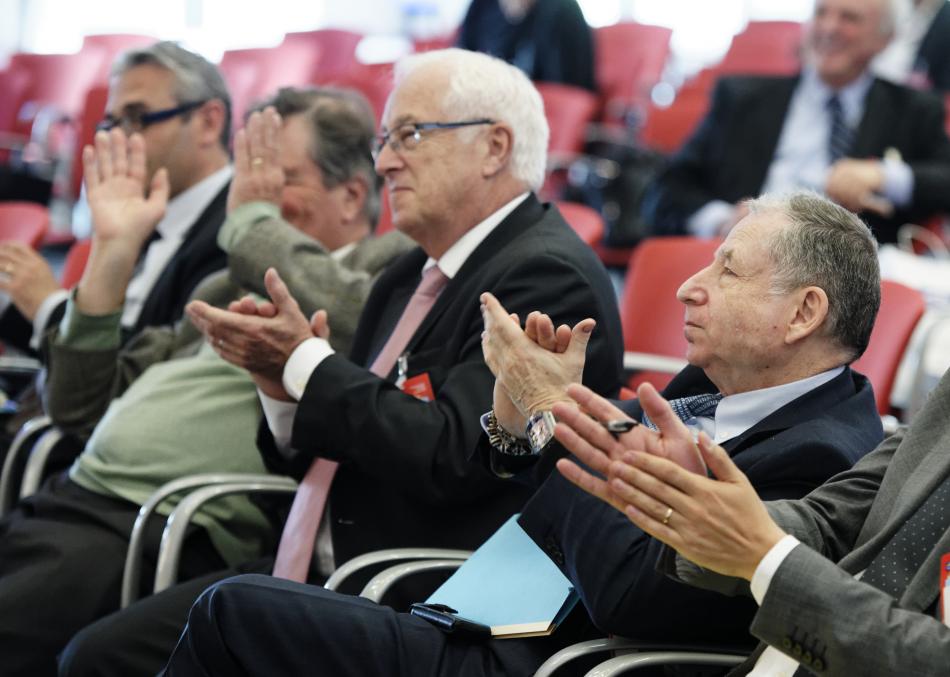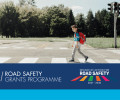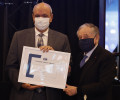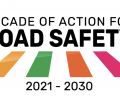Defining future routes - Part 2

In a rapidly changing automotive environment, motoring clubs must shift perceptions of the services they provide, says Didier Bollecker, President of the Automobile Club Association – and the French club is taking steps to do just that.
“Thanks to FIA President Jean Todt, this first edition of our automobile forum was successful and helped us to build new partnerships and an open minded relationship with the City of Strasbourg-Eurométropole, Capital of Europe, in order to push our forum to become a high level mobility platform in the coming years.”
Such forward thinking is key to how the ACA, which boasts 860,000 members, has positioned itself in recent times, with Bollecker saying that in addition to its core business, the club has, over the past decade, placed much focus on road safety, both at an advocacy level and as driver for membership.
“Since 2005, we have developed partnerships in road safety activities because the club has a big legitimacy in this field. This was our best way to increase the number of members on one side and increase our road safety training courses business on the other side. In 2006 we started to develop our own road safety training centres especially for professional and novice drivers.”
The club’s activities in this regard are conducted through its subsidiary Automobile Club Prévention (ACP), which has a nationwide presence with 19 regional training and consulting centres, as well as 50 instructors and consultants.
“Training programmes are a core business for the club and its main subsidiary ACP,” says the ACA President. “On the B2C side we offer training courses to novice drivers and elderly drivers and we are France’s second largest player in the field of compulsory training courses linked to the penalty point system [60,000 drivers are trained annually through a network of 600 trainers].
“On the B2B side, across the country we offer a large range of training programmes to individual and professional drivers on tracks, the open road and indoors, raising awareness of road risk and vehicle safety hazards. We have six of our own tracks and 25 partner tracks linked to three offices dedicated to consulting in road risk prevention.”
For the ACA and its subsidiaries the main safety concern facing French road user is that of drunk drivers.
“Drunk driving is the most important issue,” says Bollecker. “Thirty per cent of all road fatalities are linked to drunk driving and this remains the same as 30 years ago, despite higher levels of enforcement. Driving under the influence of drugs is now a cause of 23% of all road fatalities. Inadequate speeding plays a role in 25% of all accidents and it seems that driver distraction (using smartphones) is coming to the same level.
“The ACA advocates for larger drunk driving controls. Nowadays the ‘risk’ of being controlled is once in every five years for a French driver,” he adds.
“Of course, we also develop campaigns concerned with distracted driving and we have advocated for years to obtain a ‘post-licensing’ training course within two years after obtaining the driving license because we think that this is the most crucial period. We also use the ‘FIA think bikes’ campaign to focus attention on cyclists and motorcyclists.”
One area of road safety that the club is revisiting, however, is that of the use of child restraints, where Bollecker says that because of the habits of drivers further education is necessary.
“In the past the ACA was intensively involved in the battle in favour of the compulsory use of child restraint systems. Nowadays we consider that there is a frequent misuse of such systems and that’s why we will continue on this topic and take the opportunity of the FIA Child safety Toolkit to build a new campaign,” he asserts.
While the ACA is actively involved in planning for the future, there remains a core service, the definition of which Bollecker is again clear on.
“Our members are concerned about the defence and protection of their interests and rights as road users,” he says. “They want us to protect their mobility.
“In terms of advocacy we focus on motoring taxation,” he says. Since 1987 we have published an annual study, Budget de l’Automobiliste, which is considered by the media and various stakeholders as a point of reference. We also focus on motorists’ rights with the FIA Region I ‘My Car, My Data’ campaign which was launched at the European Parliament.”
Again, though, the club is thinking ahead, and while training programmes, roadside assistance and travel and tourism offerings form the large part of the ACA’s revenue stream, Bollecker concludes by referring back to his assertion that clubs must consider further diversification, catering for the changing face of membership.
“As I said in my earlier answer, we have to consider ‘Pay-per-Use’ models as replacements for traditional membership business models,” he says. “We have to adapt our products and services to meet these new expectations. Clubs can tailor services and create new packages, while also increasing member engagement. This could be a first step to become a ‘mobility aggregator’.”
It’s a final indication of the ACA President’s automotive worldview – where future trends are both obstacle and opportunity. For the ACA, the ‘new mobility’ is not just beyond on the horizon – it’s already here.
Contact: cscholly@automobile-club.org

 Facebook
Facebook Twitter
Twitter






